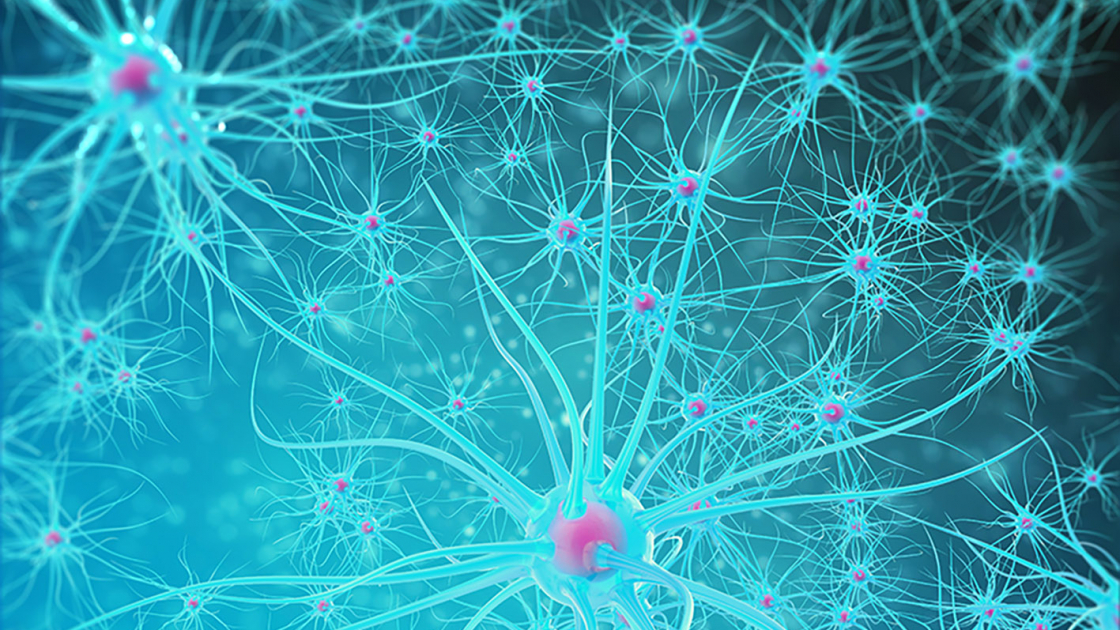
Photo: Mostphotos
The study in question builds on previous research based on amyloid-beta’s prion-like properties. This means that the protein adopts a misfolded form that acts as a template for spreading in the brain, where it accumulates and develops plaques.
“The plaques of amyloid-beta outside the nerve cells have long been a target for treatment of Alzheimer’s disease. But as treatments to remove plaque have not helped against dementia, we must develop and investigate other hypotheses in order to find other targets for treatment. Our results indicate that amyloid-beta is highly relevant, but that we must focus on misfolded amyloid-beta inside the nerve cells that arise far earlier than the visible plaques”, says the first author of the study Tomas Roos, doctoral student at Lund University and resident physician at Skåne University Hospital’s neurological clinic.
Amyloid-beta is present in the brain of healthy individuals, but the mechanisms that are disrupted and cause the misfolding remain unclear. The plaques are extracellular, but the results of this study indicate that a misfolding can occur within the cells. Furthermore, the researchers show that there is a continuous exchange of amyloid-beta between the outside and inside of nerve cells, a kind of equilibrium, that is disturbed when misfolded amyloid-beta accumulates both inside and outside nerve cells.
In the study, which was conducted using a mouse model for Alzheimer’s and cell culture, the researchers also noted that misfolded amyloid-beta inside the nerve cells leads to increased amyloid-beta production.
“The increased amyloid-beta caused by misfolded amyloid-beta inside cells can bring about a vicious circle of more and more amyloid-beta production. This could explain the enormous amounts of amyloid-beta that accumulate in the brain of Alzheimer’s patients. First and foremost, the study results are to be replicated in a different Alzheimer’s model. However, our results indicate that many of amyloid-beta’s damaging effects may be caused by what is happening within the cells, independent of plaques. This may explain why so many experimental treatments targeting plaques outside the nerve cells have failed and that we should focus our attention inwards,” concludes Tomas Roos.
Contact:
Tomas Roos, doctoral student in experimental dementia research at Lund University and resident physician at the Skåne University Hospital’s neurological clinic in Lund
lunduniversity.lu.se


